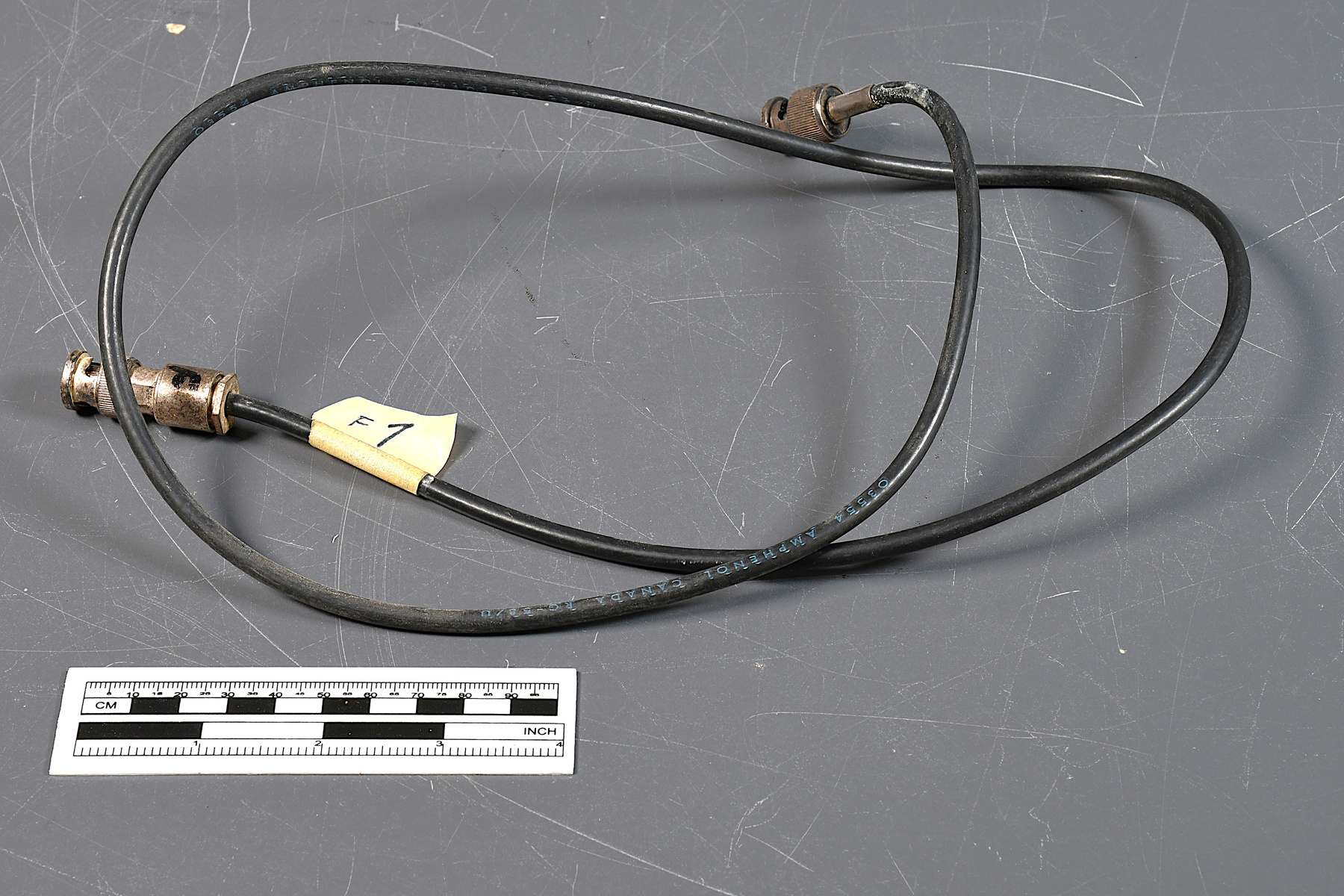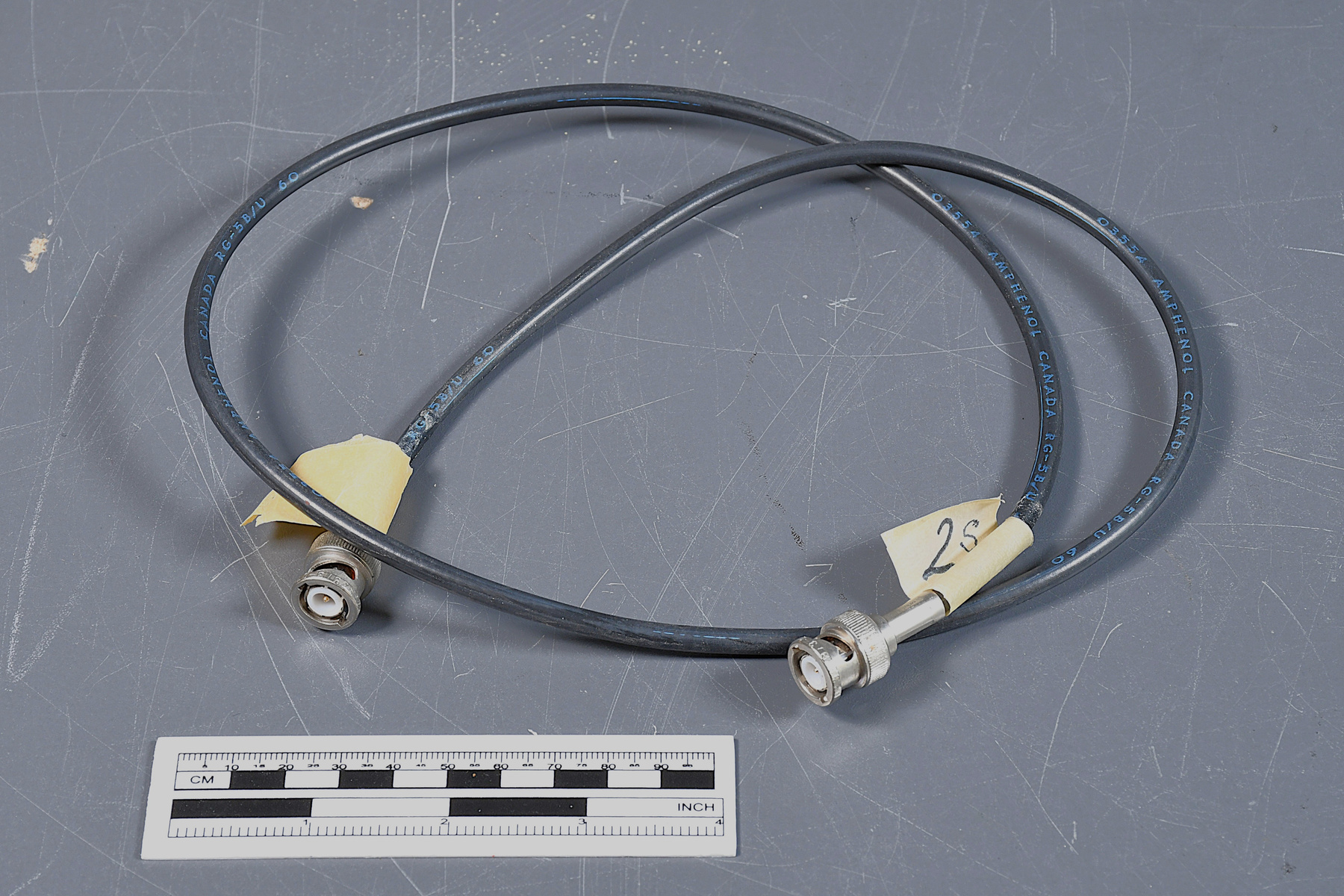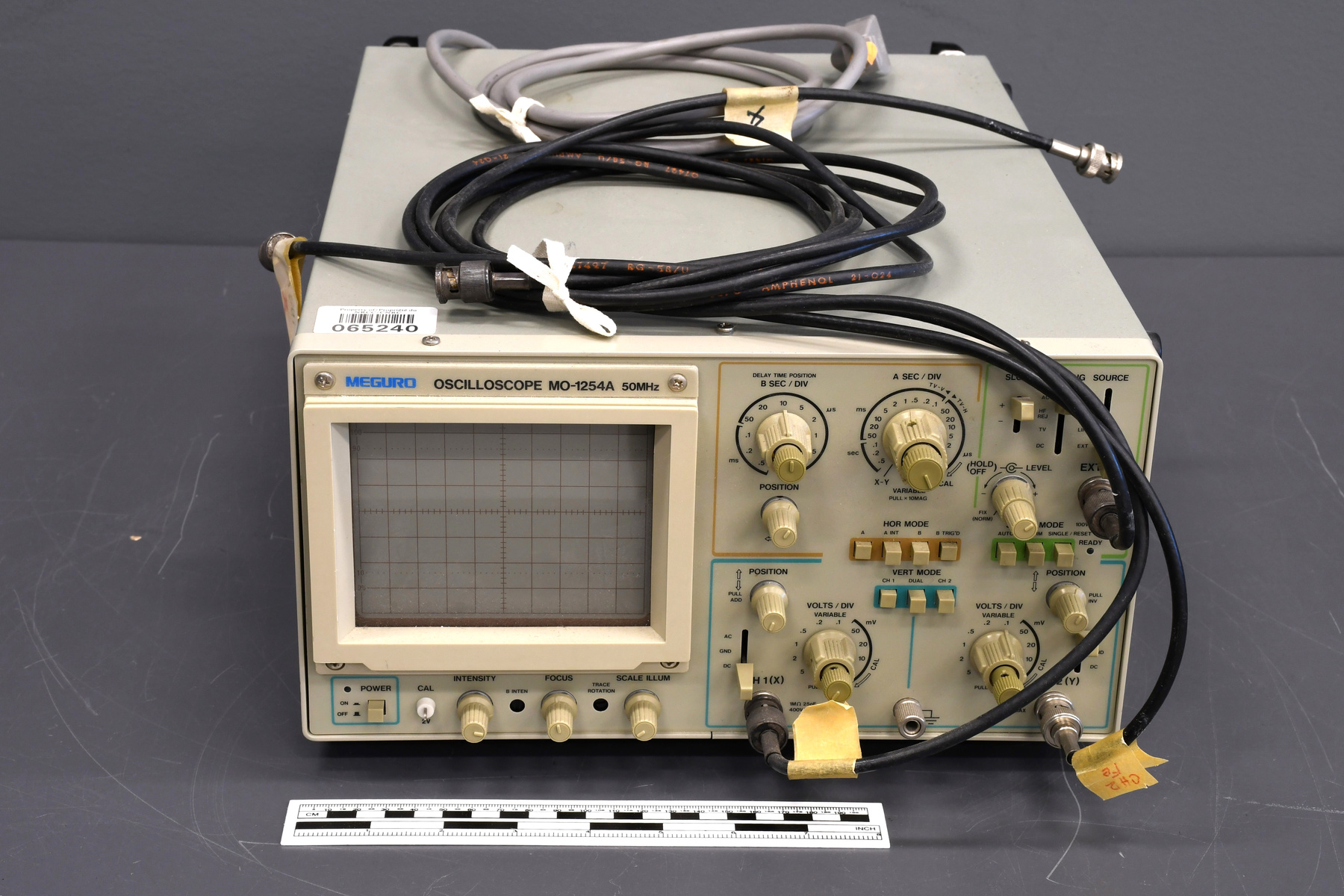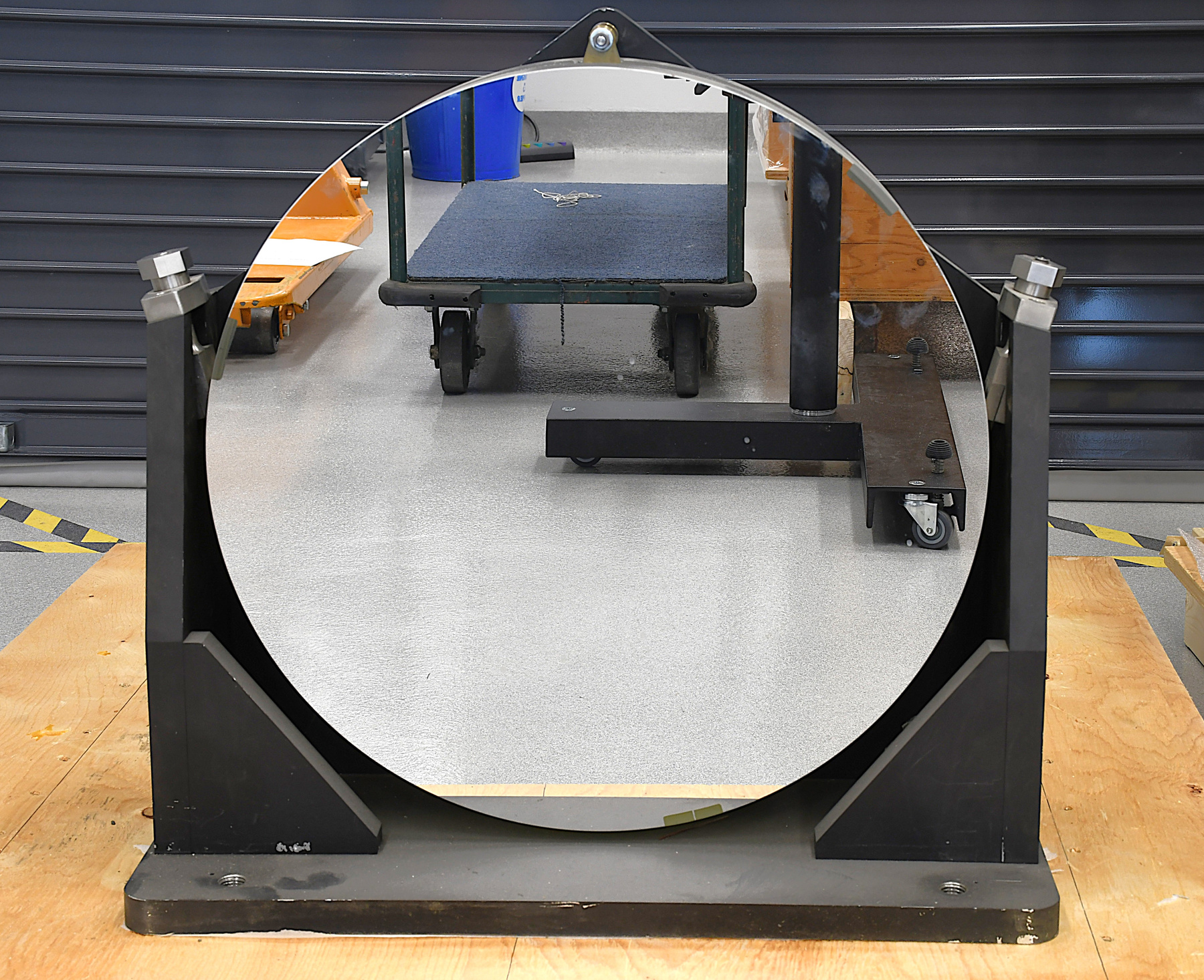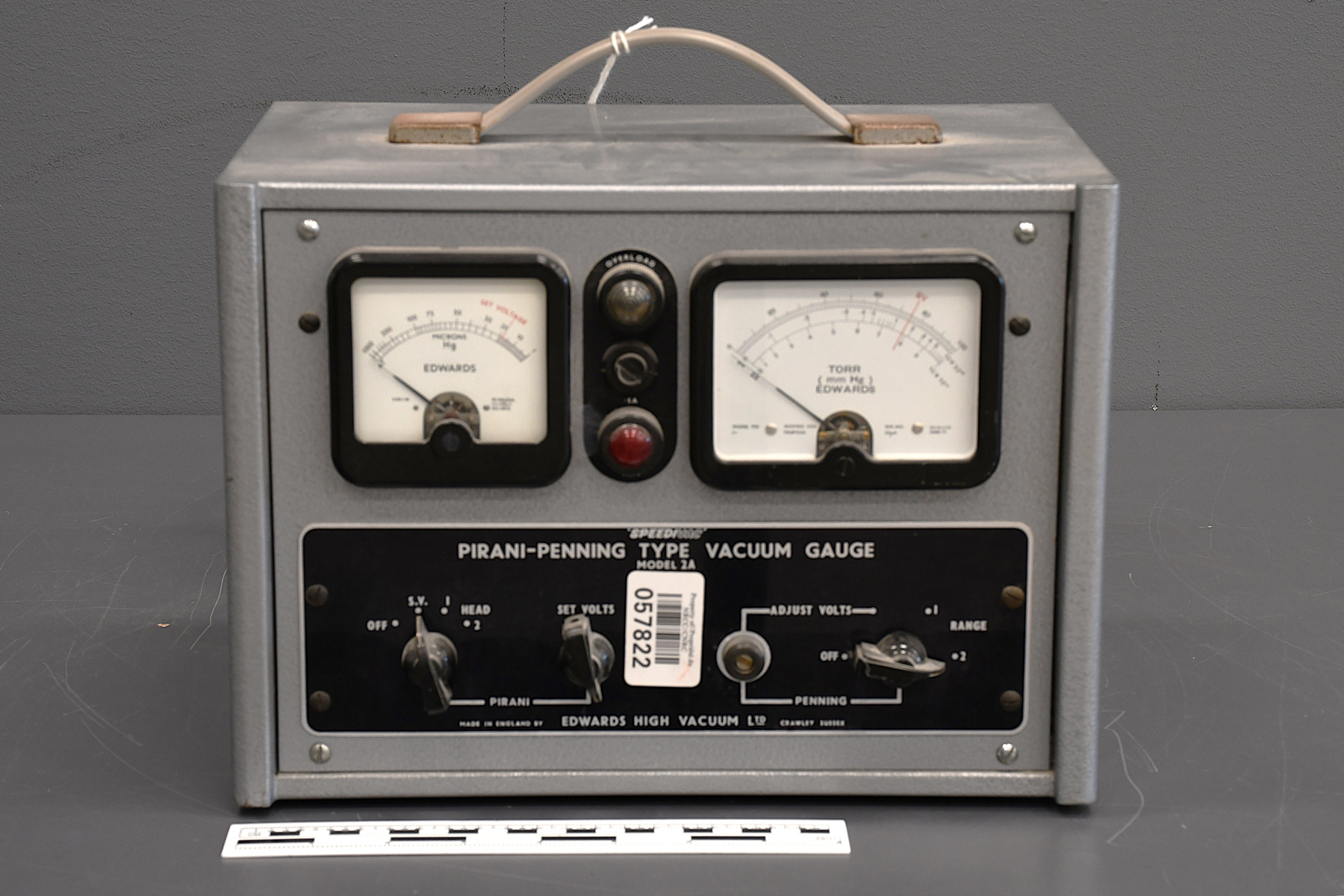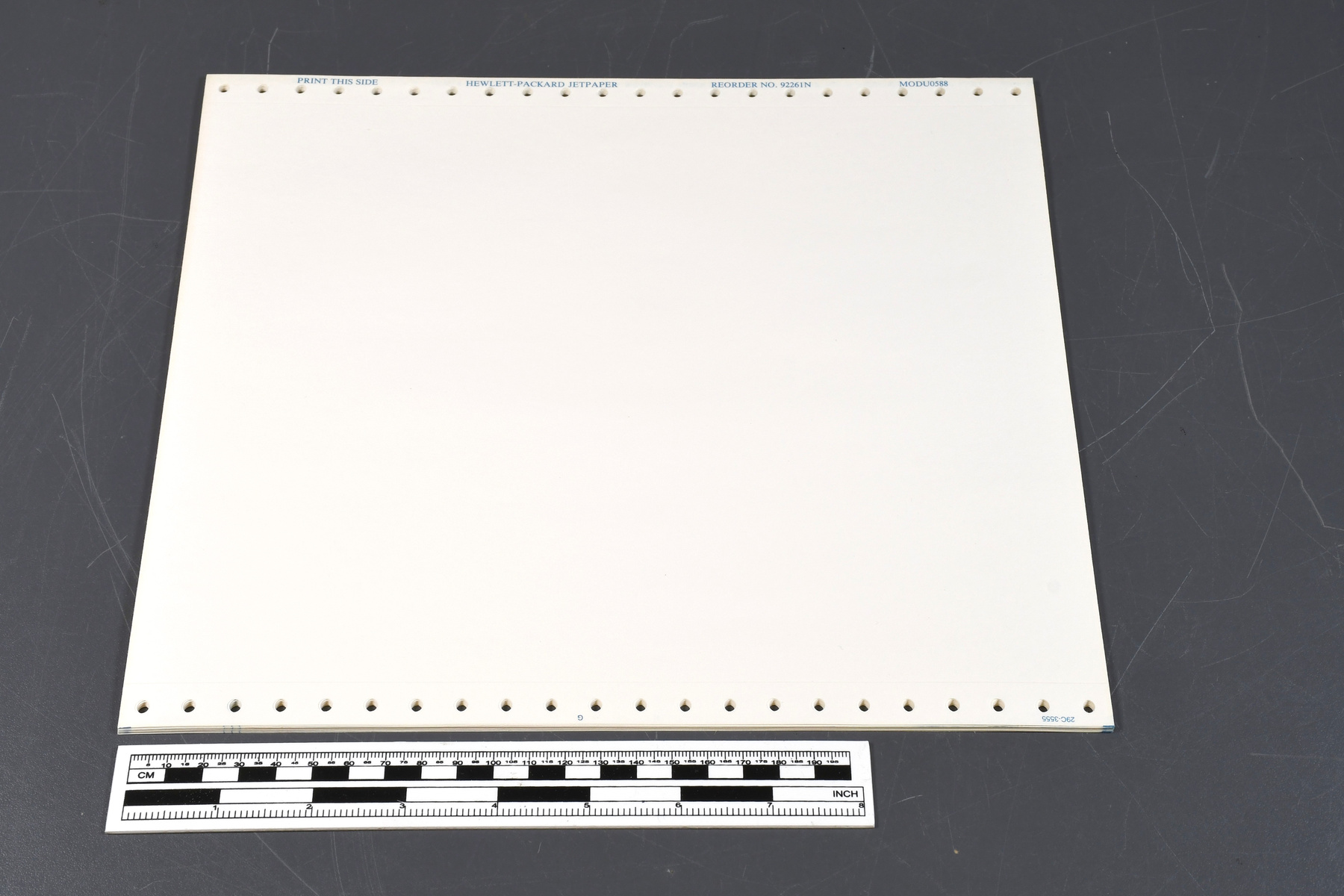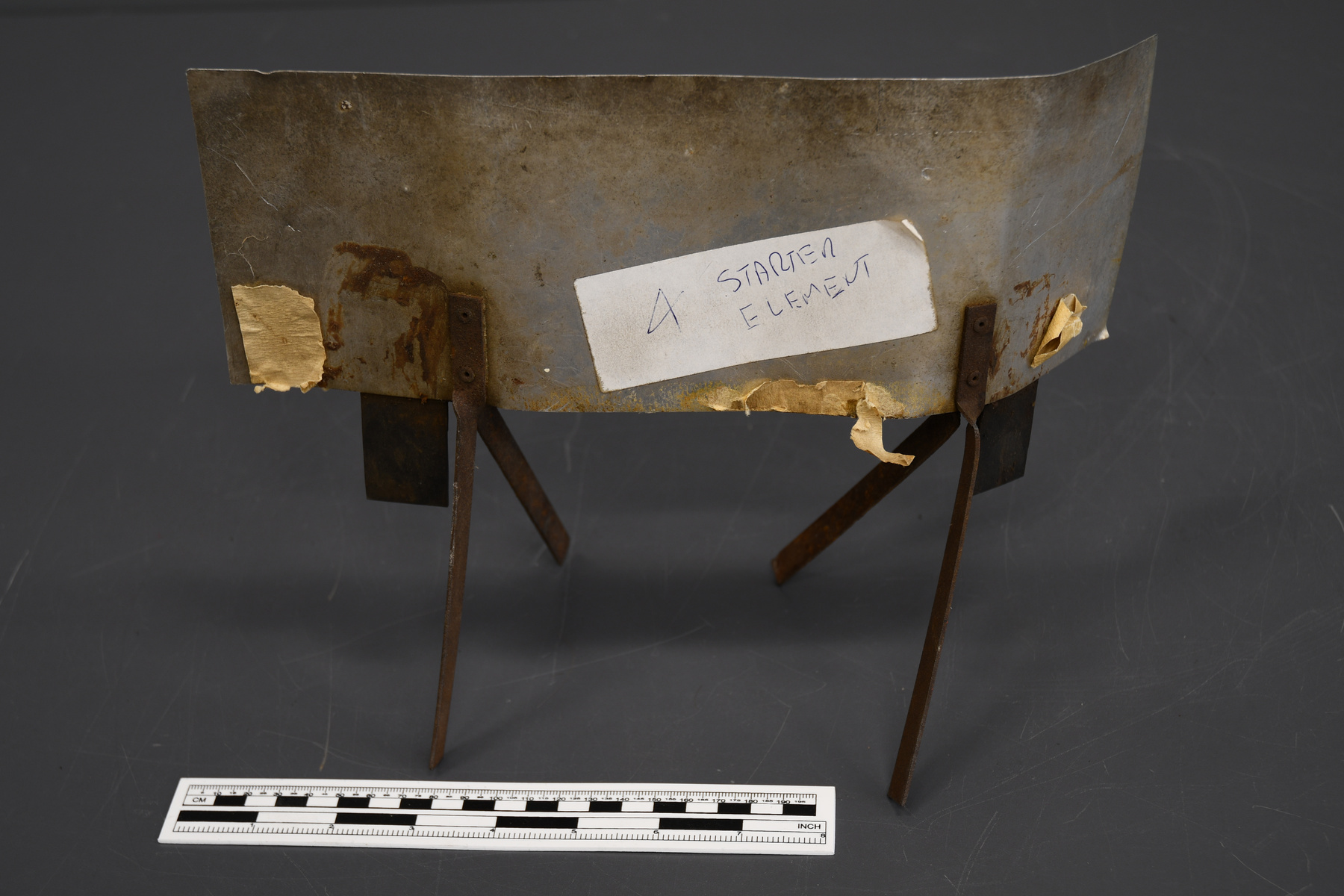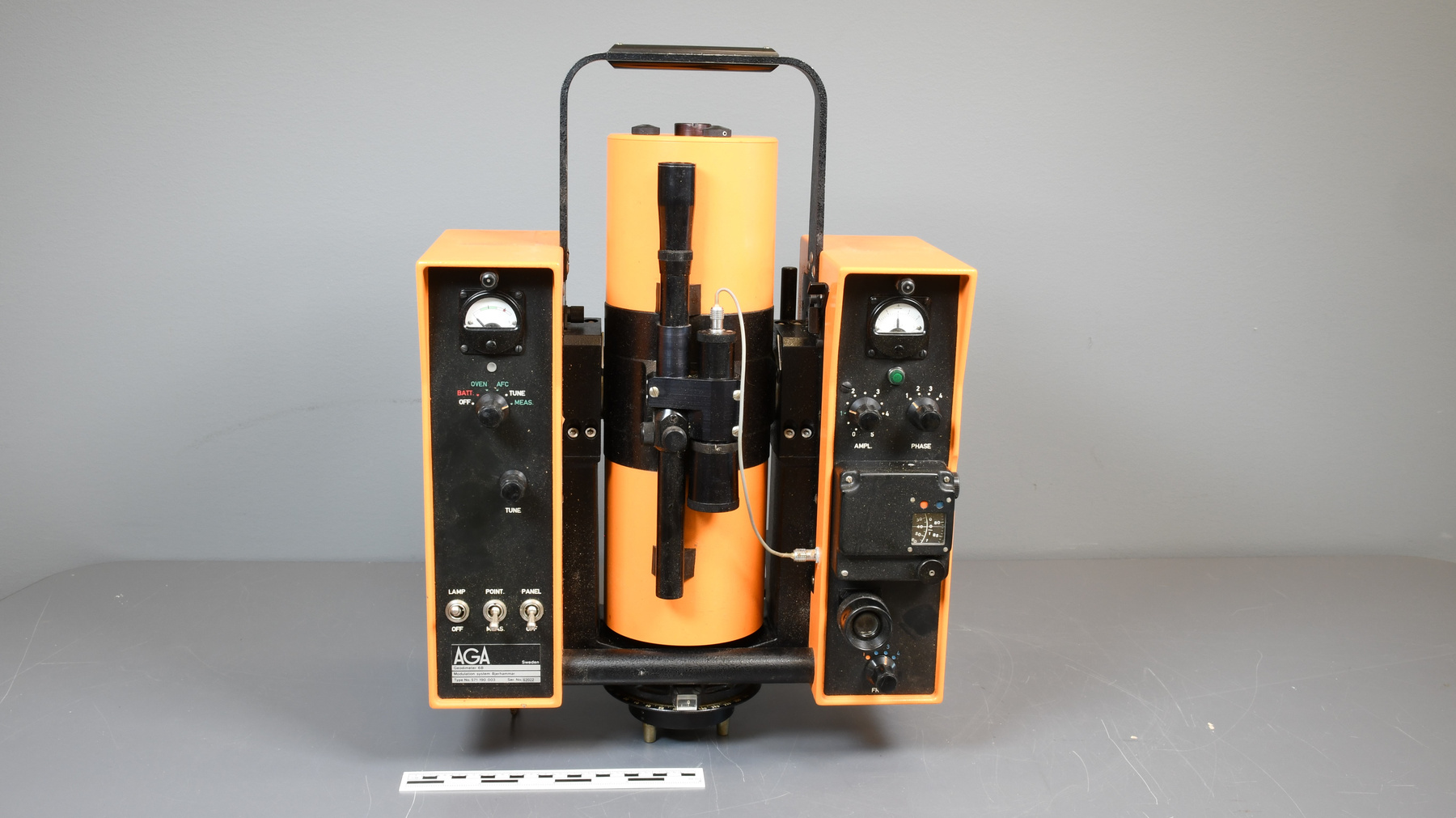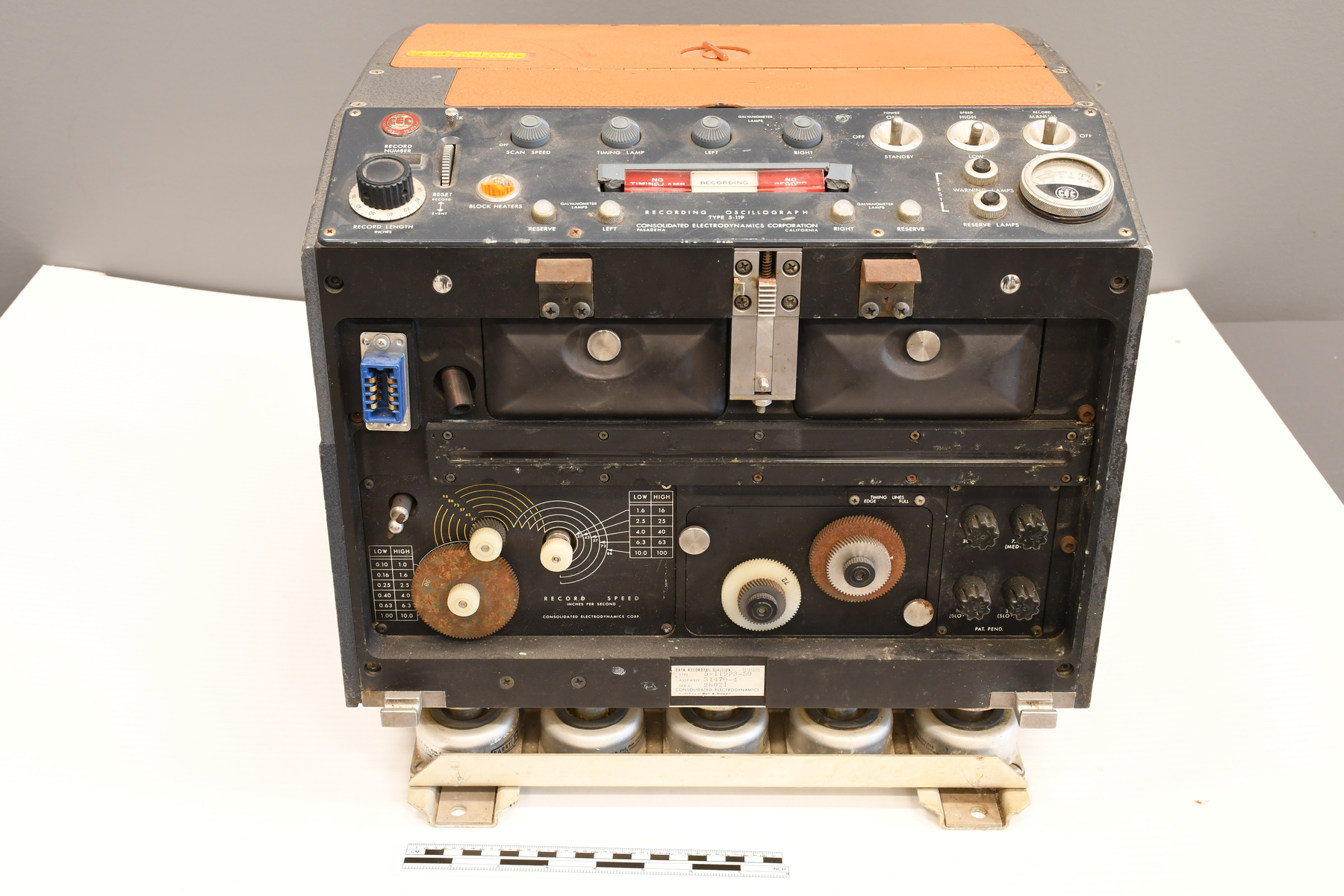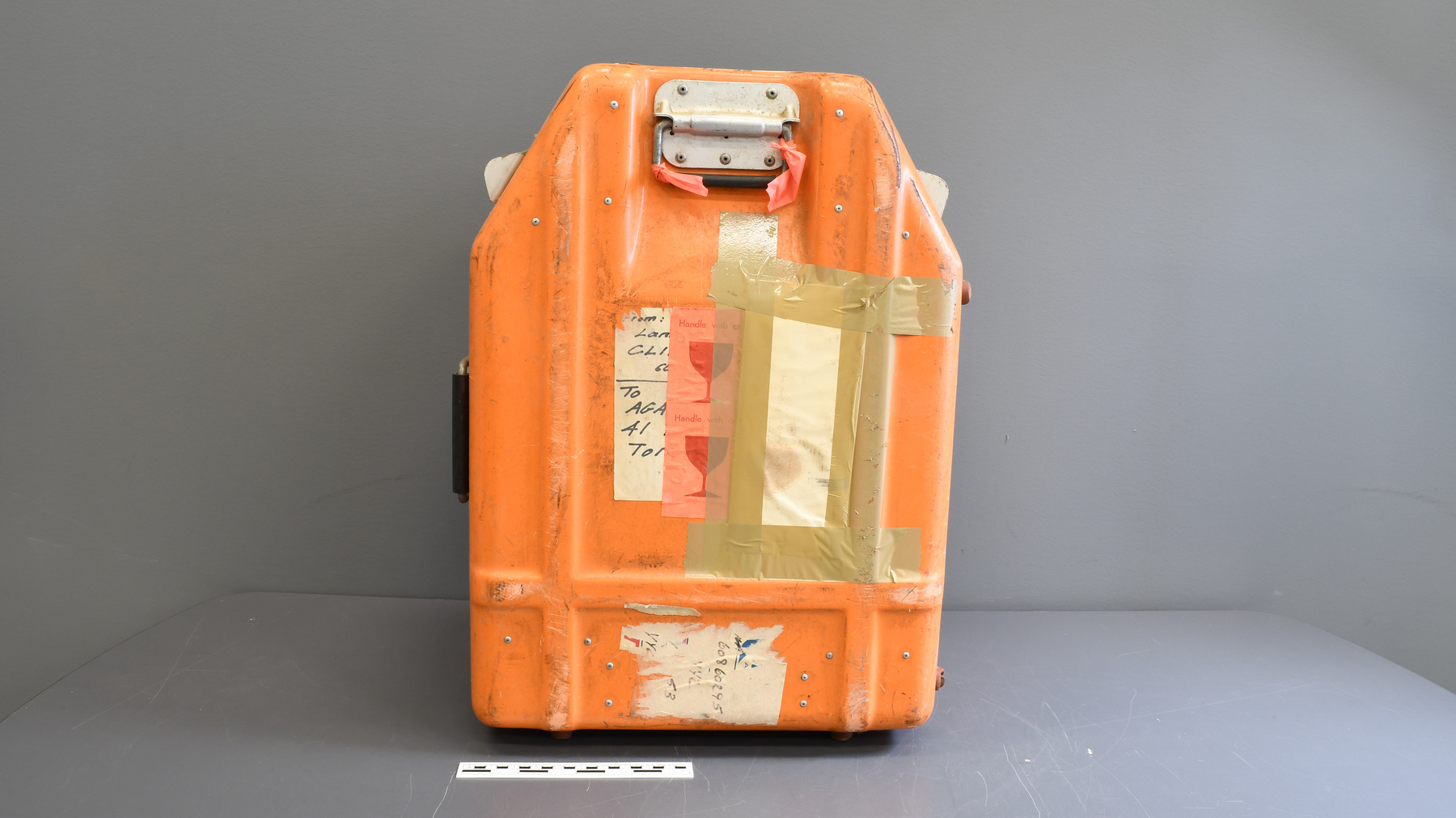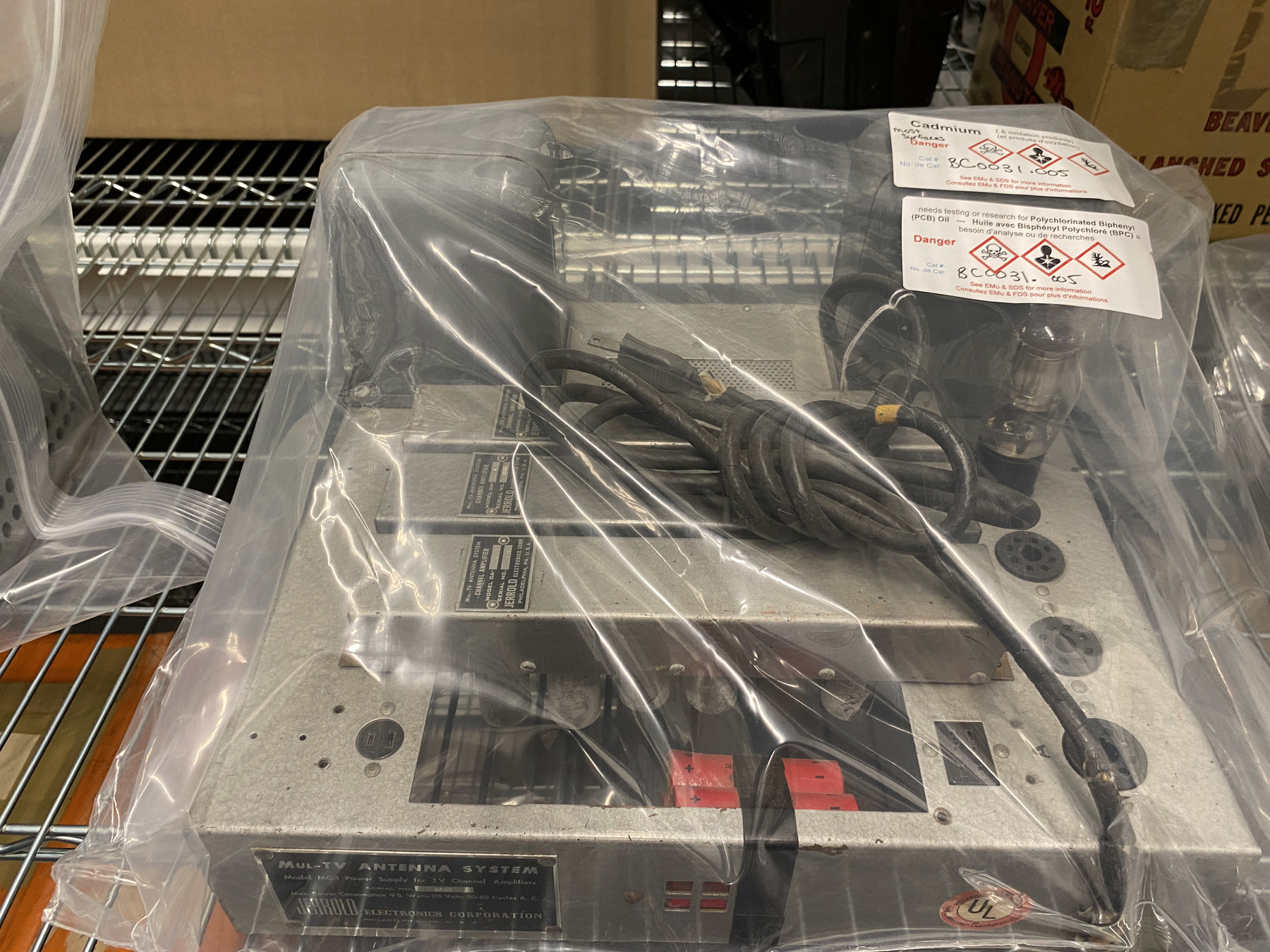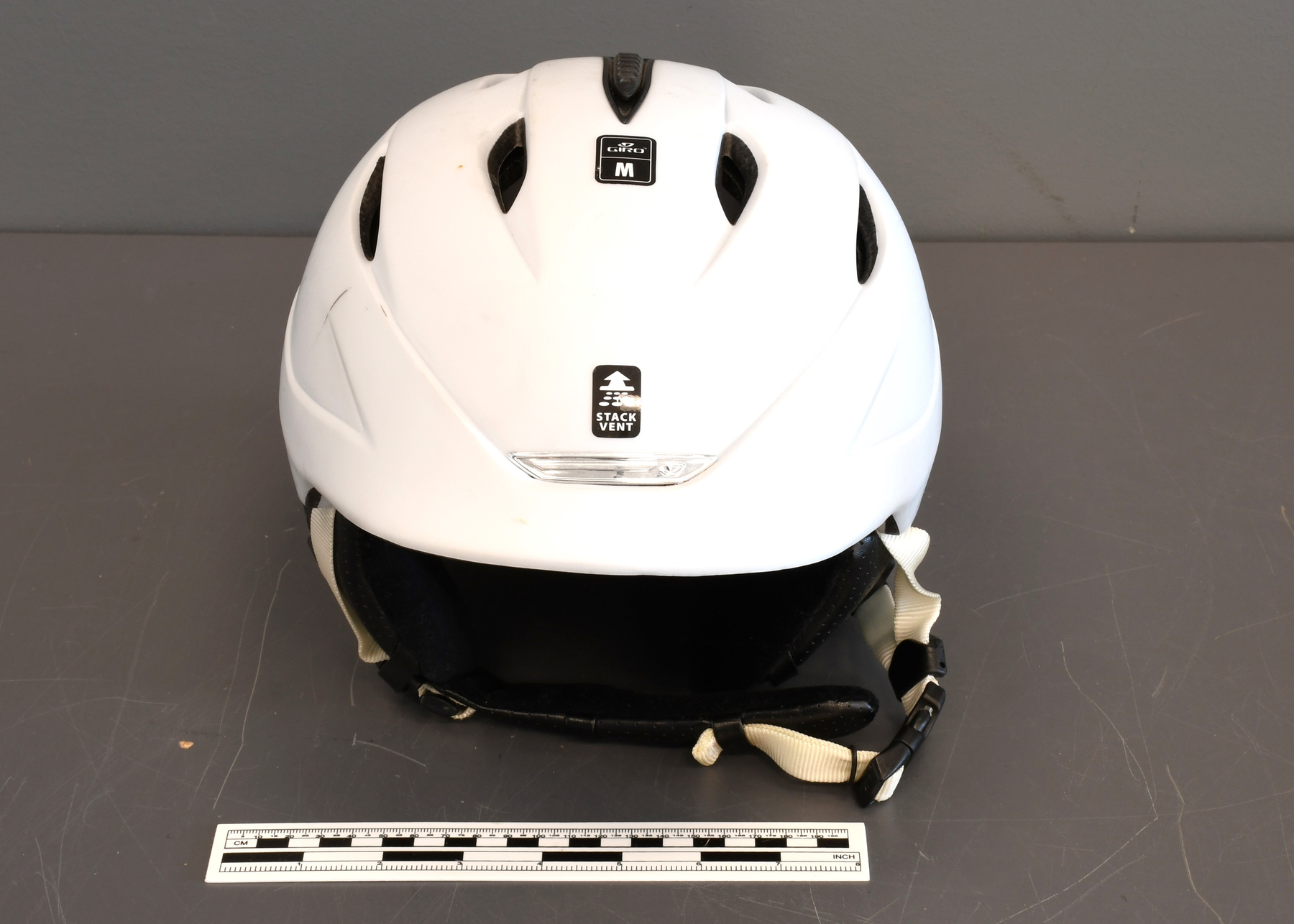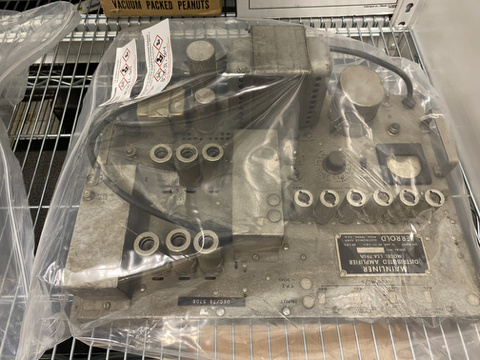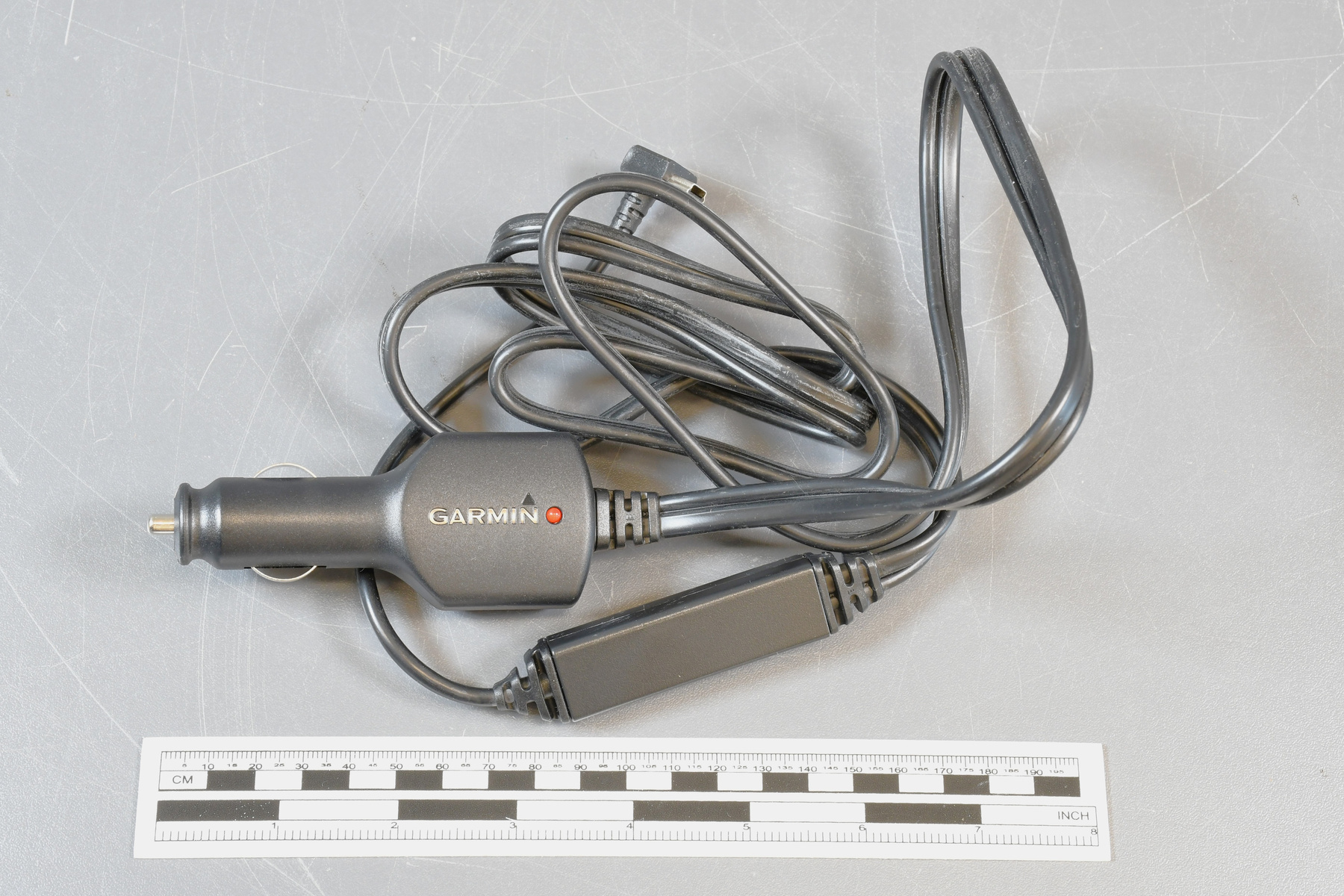Bloc d'alimentation
Utiliser cette image
Puis-je réutiliser cette image sans autorisation? Oui
Les images sur le portail de la collection d’Ingenium ont la licence Creative Commons suivante :
Copyright Ingenium / CC BY-NC-ND (Attribution-NonCommercial 4.0 International (CC BY-NC 4.0)
ATTRIBUER CETTE IMAGE
Ingenium,
2008.1877.001
Permalien:
Ingenium diffuse cette image sous le cadre de licence Creative Commons et encourage son téléchargement et sa réutilisation à des fins non commerciales. Veuillez mentionner Ingenium et citer le numéro de l’artefact.
TÉLÉCHARGER L’IMAGEACHETER CETTE IMAGE
Cette image peut être utilisée gratuitement pour des fins non commerciales.
Pour un usage commercial, veuillez consulter nos frais de reproduction et communiquer avec nous pour acheter l’image.
- TYPE D’OBJET
- high voltage
- DATE
- Inconnu
- NUMÉRO DE L’ARTEFACT
- 2008.1877.001
- FABRICANT
- Keithly Instruments Inc.
- MODÈLE
- 244
- EMPLACEMENT
- Cleveland, Ohio, United States of America
Plus d’information
Renseignements généraux
- Nº de série
- 85169
- Nº de partie
- 1
- Nombre total de parties
- 6
- Ou
- S/O
- Brevets
- S/O
- Description générale
- An artifact made of metal, synthetic and resin material/Un objet fait avec du matériel en métal, des composantes synthétiques et aussi en résine.
Dimensions
Remarque : Cette information reflète la taille générale pour l’entreposage et ne représente pas nécessairement les véritables dimensions de l’objet.
- Longueur
- 34,0 cm
- Largeur
- 21,8 cm
- Hauteur
- 14,4 cm
- Épaisseur
- S/O
- Poids
- S/O
- Diamètre
- S/O
- Volume
- S/O
Lexique
- Groupe
- Physique
- Catégorie
- Électrique
- Sous-catégorie
- S/O
Fabricant
- Ou
- Keithly
- Pays
- United States of America
- État/province
- Ohio
- Ville
- Cleveland
Contexte
- Pays
- Canada
- État/province
- Ontario
- Période
- 1967-1990s
- Canada
-
The vacuum Ebert spectrograph, developed by Donald A. Ramsey at the NRC, was a central instrument in Canada’s contributions to spectroscopy from approximately 1950 to the 1990s. Lead by Nobel Laureate, Gerhard Herzberg, Canada was a leader in this part of physics in the post WWII era. Using this device, D.A. Ramsey and Barry Lutz were able to confirm that the Kuiper bands of Uranus were made of methane. This finding had eluded scientists since the early days of astrophysics. Ramsey, a gifted experimenter, was able to produce this extremely high-resolution spectrograph, in order to determine the origins of the bands in the laboratory. The laboratory findings were compared with Lutz’s observations and measurements of the Uranus bands. The measurements were based on observations taken at the Mount Hamilton Station of the Lick Observatory, California. Le spectrographe Ebert avec une pression à vide était conçu au NRC par Donald A. Ramsey. L'instrument était primordial pour que le Canada puisse contribuer au domaine de spectroscopie pour plus de quarante ans entre 1950 et les années 1990s. La recherche était menée par Gerhard Herzberg qui était un lauréat pour le prix Nobel. Canada est rapidement devenu le meneur dans ce domaine de la physique après la deuxième Guerre Mondial avec Herzberg en charge. M. Ramsey et Barry Lutz ont réussit à confirmer que les bandes Kuipers de l'Uranus sont faits en méthane en utilisant cette machine. La découverte échappait aux scientifiques depuis l'enfance de l'astrophysique. Ramsey était capable de produire ce spectrographe à haute résolution pour déterminer l'origine des bandes au laboratoire. Le scientifique a pu comparer ces résultats avec ceux de Lutz. Les deux séries de mesurément étaient pris à la station de Mont Hamilton a l'observatoire Lick en Californie. - Fonction
-
This artifact was used to convert electrical current and modify it to either the needed voltage or frequency desired to help support the Ebert Spectrograph and its various parts with the functions it was performing. Cet artefact était utilisé pour convertir du courant électrique du spectrographe Ebert au voltage nécessaire pour accommoder le courant et fréquence des autres composantes. - Technique
-
This type of spectrograph dates back to the work of Hermann Ebert in 1889. He developed a spectrometer that consisted of an entrance slit, a single concave spherical mirror, a diffraction grating, and a small photographic plate in the plane of the entrance slit. This artifact is a Ramsey spectrograph, a 33-meter multiple-path cell, that produced spectra of the highest resolution at the time. The main body of this spectrograph was made by Fleck Industries before being installed at the NRC. Despite difficult struggles with leaks in the early construction phase of the optical components, large leak detectors (as big as fridges at the time) were installed and used to locate and fix the leaks. The resultant vacuum conditions allowed for much longer exposures and more precise images. This instrument was also a success due to its optics. The initial resolution of the instrument was not as good as expected, and a new mirror had to be ground and installed. The resolution improved significantly. There were also two gratings in this model, one high and the other low resolution. Ce genre de spectrographe est inspiré par le travail de Hermann Ebert en 1889. Il a développé un spectromètre qui possédait une fente d'entrée, un miroir concave et sphérique, un réseau de diffraction et une plaque photographique située sur le plan de la fente d'entrée. Cet artefact est un spectrographe Ramsey qui possède un trajet-multiple de plus de trente-trois mètres qui produisaient une résolution de la plus haute qualité de sa génération. Le corps du spectrographe était fabriqué par Fleck Industries. Malgré les fuites au début de la phase de construction des composantes optiques, l'installation des détecteurs de fuites installer par la suite ont réussi à trouver et arrêter le déluge. Les conditions après l'installation a construit des conditions de pression à vide qui permettait à la machine de développer des images plus précises avec une exposition prolongée. L'instrument était aussi favori grâce à ces composantes optiques. La résolution initiale n'était pas une haute gamme et donc un nouveau miroir a dû être dépoli et installer. Ceci a augmenté la résolution a un niveau requis. Il y avait aussi deux genres de réseau qui accompagnaient ce modèle qui permettait à une résolution base ou celui qui apportait une résolution plus augmentée. - Notes sur la région
-
Inconnu
Détails
- Marques
- On the front of the artifact/Sur le devant de l’artefact: “244 HIGH VOLTAGE SUPPLY/[200-2000], [0-200], [CAL-25V]/[-200V TO -2200 V/10Ma MAX], [OUTPUT/ON/WAIT 1MIN.], [OVER/LOAD], [POWER/ON]/ [KILOVOLTS/[0-3]]/K KEITHLY INSTRUMENTS”,On the manufacturing plate on the back of the box/Sur la plaque du fabricateur sur le dos de l’objet:“K 85169/KEITHLY INSTRUMENTS/INC./CLEVLAND Ohio USA.”,On the back of the artifact on its proper left side/ Sur le dos de l'artefact sur son bon côté gauche: “117V,234V, 3AG SLOW BLOW FUSE/VOLTS, AMPS/117 – [3/4]/234 – [3/8]/50-50 Hz’’, On the knob on the back of the artifact/Sur le bouton sur le dos de l’objet:“FUSE/[à]’’,On the back of the artifact on its proper right side/Sur le dos de l’objet sur son bon côté droit:“OUTPUT/-200V TO -220V/J201, 10Ma MAX”,On the side of the cable/Sur le côté du câble:“18/3 TYPE SV 300 VOLTS”,On the head of the cable/Sur la tête du câble:“UL,SA/CT/HUBBELL/ISA.,125V”,On the tag that is hanging on the top of the artifact/Sur l’étiquette sur le dessus de l’artefact:“KEITHLY INSTRUMENTS INC./CALIBRATED/BY:/PLEASE FILL IN AND SEND TO US TODAY”,On the white sticker on the top of the artifact/Sur l’étiquette blanche sur le dessus de l’artefact:“Property/Propriété du NRCC/CNRC/058714”.
- Manque
- Artifact appears complete/L'objet a toutes les pièces.
- Fini
- An artifact that is rectangular in shape and has a body made with a grey coloured metal material. It has a white coloured face made of metal as well along with black lettering. The face also has three black synthetic knobs, two silver metal switches and two synthetic lights that are red and white respectively. The proper bottom right corner of the artifact has a transparent synthetic lens that protects a white scale with black lettering. The top of the artifact has a paper label and a white sticker on it along with a black synthetic handle that is fixed in place with the help of silver metal fasteners. The back of the artifact has a black synthetic cable extending from it along with a rubber head that could possibly be used as a wall plug. The back of the artifact also has a “T” shaped metal adapter for various cables along with one black synthetic knob and a manufacturing plate. Un artefact fait en forme rectangulaire avec un corps fait en métal de couleur grise. L'objet a une face blanche et possède du lettrage noir, trois boutons synthétiques de la même couleur, deux interrupteurs en métal de couleur argent et deux lumières synthétiques qui sont rouges et blancs respectivement. Le coin du bon côté droit a aussi une échelle de couleur blanche qui est protégée avec un écran transparent qui est fait avec du matériel synthétique. Une étiquette en papier est visible sur le dessus de l'objet ainsi qu'un autocollant blanc. À côté de l'étiquette il y a une manche synthétique noire qui est fixé en place avec deux morceaux en métal de couleur argent. Le dos de l'artefact a un câble synthétique de couleur noire avec une tête fait en caoutchouc de la même couleur qui est possiblement utilisée comme une prise murale. Un morceau adaptateur en métal qui est fait en forme de “T” peut accommodée d'autres câbles. Le dos de l'artefact a aussi un bouton synthétique de couleur noire ainsi qu'une plaque du fabricateur fait en métal.
- Décoration
- S/O
FAIRE RÉFÉRENCE À CET OBJET
Si vous souhaitez publier de l’information sur cet objet de collection, veuillez indiquer ce qui suit :
Keithly Instruments Inc., Bloc d'alimentation, Date inconnue, Numéro de l'artefact 2008.1877, Ingenium - Musées des sciences et de l'innovation du Canada, http://collections.ingeniumcanada.org/fr/item/2008.1877.001/
RÉTROACTION
Envoyer une question ou un commentaire sur cet artefact.
Plus comme ceci
